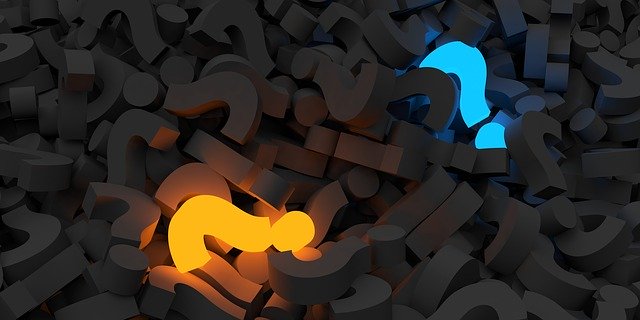It happened. You’re having your morning orange juice, casually scrolling down your social media feed, when the phone rings. It’s the professional you hired to do your testing. And they have the results. You hear yourself breathe out, grip the edge of the table, and get the news no one wants to hear. Your house has tested positive for meth.
Questions begin to race through your mind. Is my family safe? What will this cost? How did this happen? What do I do next? To add insult to injury, you’ve never even looked at meth, let alone smoked it. Still, they say there’s no choice. You’ll have to clean up someone else’s mistakes.
This is a scenario we know all too well, and it’s more common than most people think. Meth can rear its head when you least expect. Realtors, landlords, and trusting relatives are just some of the people to fall victim to someone else’s addiction. And, to make it even more complicated, this problem impacts more than homes. People smoke and cook meth everywhere, even in businesses, vehicles, schools, and churches.
Luckily, there’s a positive. (Well, besides the test. Sorry, too soon?)
What is this positive you ask?
Why, you’re not alone, of course! Plenty of owners have managed to rescue their properties from meth. And there are several excellent companies ready to help, such as AEI Decon. (Please excuse that bit of shameless self-promotion). We can assure you that it is possible to remove meth and turn your house back into a home. Though, before we get too far ahead of ourselves, we need to talk about your test and what comes next.
What Does a Positive Meth Test Mean, And What Do You Do About It?
- First things first, make sure to obtain testing from a professional. Self-testing is often inaccurate. And when it comes to hazardous material, there’s no room for error.
- Next, you’ll need to know your local requirements. Different areas have different standards. You can check with your health department or local government for that information.
- Keep in mind that your house may have tested positive for meth without automatically needing to decontaminate. This is because laboratories can detect meth at extremely low levels, even those below state contamination limits.
- Your results and location will impact many decisions. You may find your insurance company will help cover your expenses under vandalism or smoke damage. State law may force you to leave the property. There are a lot of possibilities to sort out, so take it one step at a time.
- Finally, you may choose (or need) to decontaminate. If so, call a local certified decontamination specialist. They can help you plan your next step.
Why Are the Standards of Meth Testing Different From State to State?
We can’t tell you how many times someone has asked this question after getting their results. (Okay, that might be a bit of an exaggeration). Still, if you’re anything like us you want to know why things are the way they are. If so, this information will help you understand decontamination laws. It may also help you make a personal decision about what’s best for your home.
This is a big topic, so let’s keep it simple. Essentially, researchers and government officials are still working towards a consensus about how much contamination is dangerous. So, for the time being, each state sets its own limits.
One way states make these decisions is through looking at reference doses. In this case, a reference dose is the greatest amount of meth residue we can expose you to without seeing negative impacts on your health.[1] However, these doses are estimations, not guarantees. They’re excellent guidelines, but humans are all different. There’s no way to know for sure how each of us will respond to a specific environment. So, some prefer to decontaminate to lower levels than their state requires (such as to the non-detectable standard) when the efforts and expenses are justified.
What About Utah?
For Utah residents, our standard is 1.0µg/100cm². To clarify, testing above this number means your property is considered contaminated.[2] Testing at or below 1.0µg/100cm² means decontamination isn’t required. This number falls well within most of the available research on reference doses but is (obviously) above the non-detectable limit.
Many owners are satisfied with the result of 1.0µg/100cm², others aren’t. Each situation is different. If you’re still confused about whether or not you need to decontaminate your home, you may want to contact a specialist in your area. If you’re in Utah, we’d be happy to help set up your free consultation. Call us at 801-888-6698.
Image by Arek Socha from Pixabay
[1] Development of a Reference Dose (RfD) for Methamphetamine. (n.d.). Retrieved from https://oehha.ca.gov/media/downloads/crnr/methrfd010809.pdf
[2] http://www.health.utah.gov/meth/Pages/DeconStandard.html

